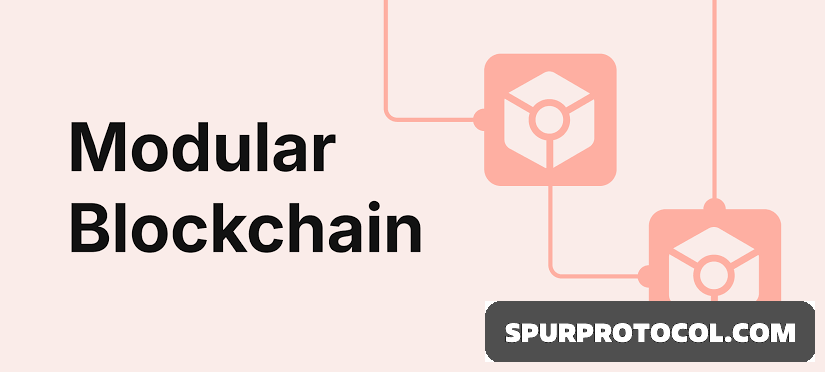WHAT ARE MODULAR BLOCKCHAINS
Modular blockchains present a more flexible and schedule option than monolithic blockchains by using a multi-layered framework with different chains handling different functions.
Go Back

🕒 6:21 AM
📅 Mar 13, 2025
✍️ By Ecojames
Modular blockchains are a new type of blockchain architecture where various components, like consensus, data availability, and execution, are separated into distinct layers. This modular approach allows for greater scalability and efficiency, as each module handles a specific function independently.
By decoupling these components, modular blockchains can achieve higher throughput and flexibility than traditional, monolithic blockchains, where all processes occur on a single chain.
The goal behind the introduction of modular blockchains is to provide a more effective, affordable, secure, and scalable system than what is currently available. Ultimately, the aim is to attract more users and developers to blockchain ecosystems.
How Do Modular Blockchains Work?
Modular chains work by separating core tasks by their functionality. Specific tasks get assigned to multiple (external) blockchains with use case specialization.
Blockchains typically specialize in four primary functions:
Execution: This relates to transaction processing. It processes the transactions lodged by users and is the outcome of your transaction.
Settlement: This functionality secures the destination of the transaction. Approved or settled transactions are regarded as final.
Consensus: Responsible for validating the authenticity of transactions. It determines the order of transactions and selects the validators for processing.
Data availability: This deals with transaction data (public) storage. It enables blockchain transparency by providing all the data needed to recreate a transaction’s history and verify the current state – thus legitimizing the transaction.
Instead of the same set of machines performing the different core functions above, with modular blockchains, the tasks are distributed, optimizing the layers for specific duties. This also allows for the creation of combinations of layers that perform optimally for their particular use or focus.
Modular vs. Monolithic Blockchains
Unlike modular blockchains, which separate primary blockchain tasks (execution, settlement, consensus, and data availability) based on their function, monolithic chains combine all the functions. In other words, with monolithic blockchains, one set of validators handles all these tasks.
The main downside to the monolithic design approach is scalability constraints. The design limits the number of individuals who can run a validator as computing requirements shoot up with network usage.
Examples of Modular Blockchains
Here are some examples of modular blockchains.
Celestia
Celestia is the first modular blockchain for consensus and data availability. The two layers are separate from Celestia’s execution layer. Celestia orders and publishes transactions but does not execute them. The mainnet launched in October 2023.
Cosmos
Cosmos is another pluggable module designed to help developers build blockchains with three modular tools. The blockchains link to Cosmos but remain independent.
